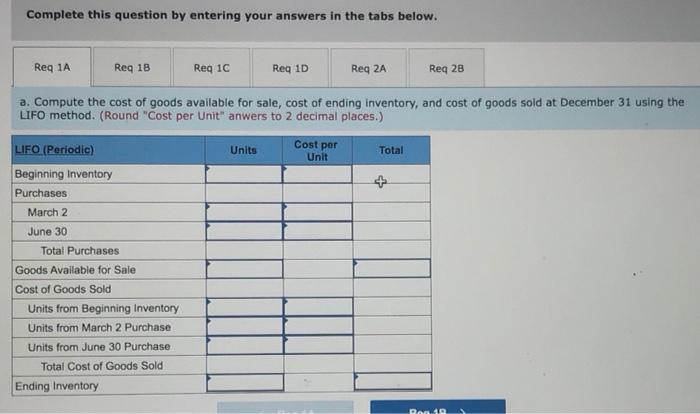Other questions asked by students
Medical Sciences
Chemistry
Psychology
Q
Suppose the times of delivery from an area distributor are normally distributed If the population...
Statistics
Accounting
Accounting
Accounting







